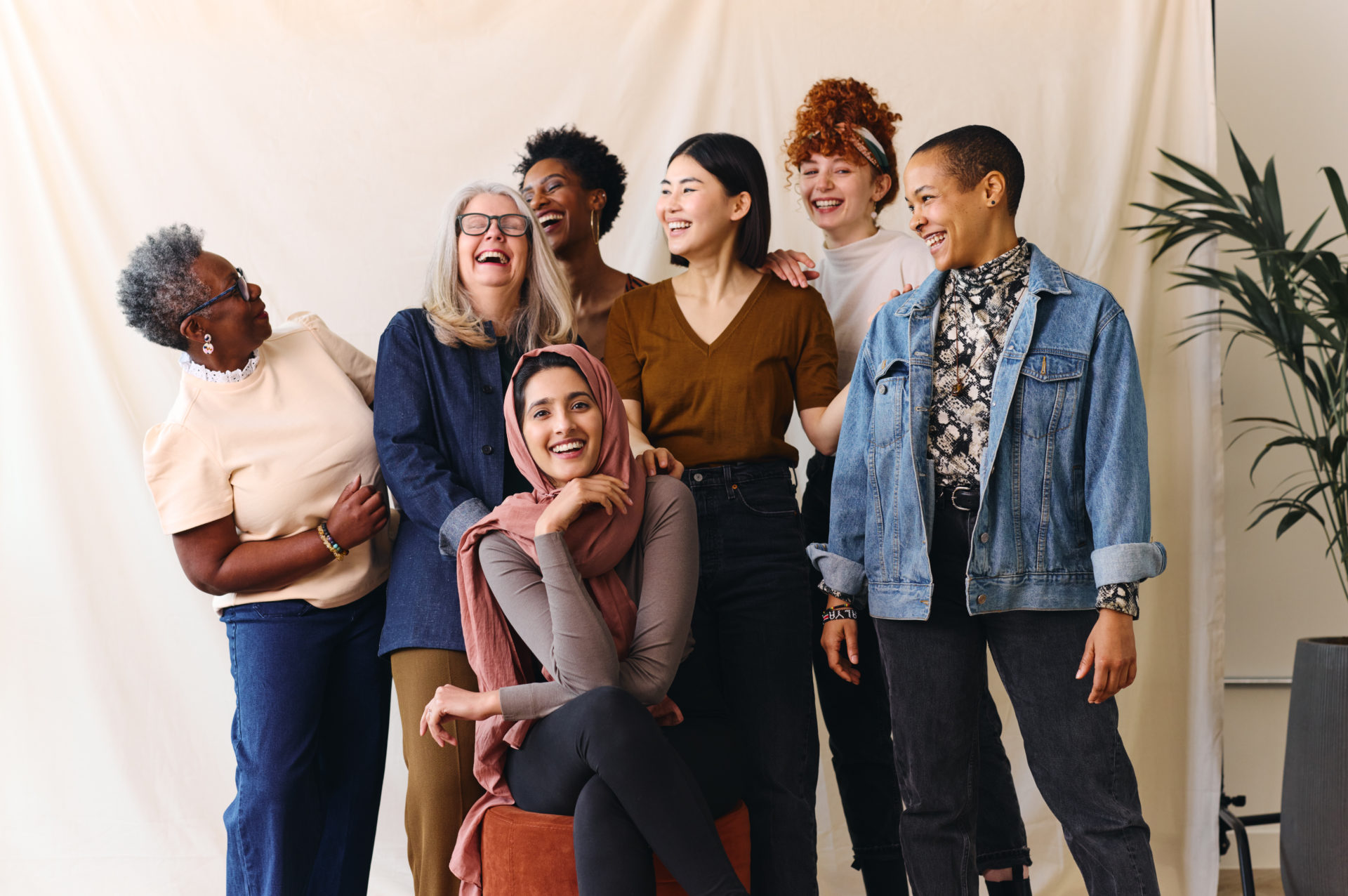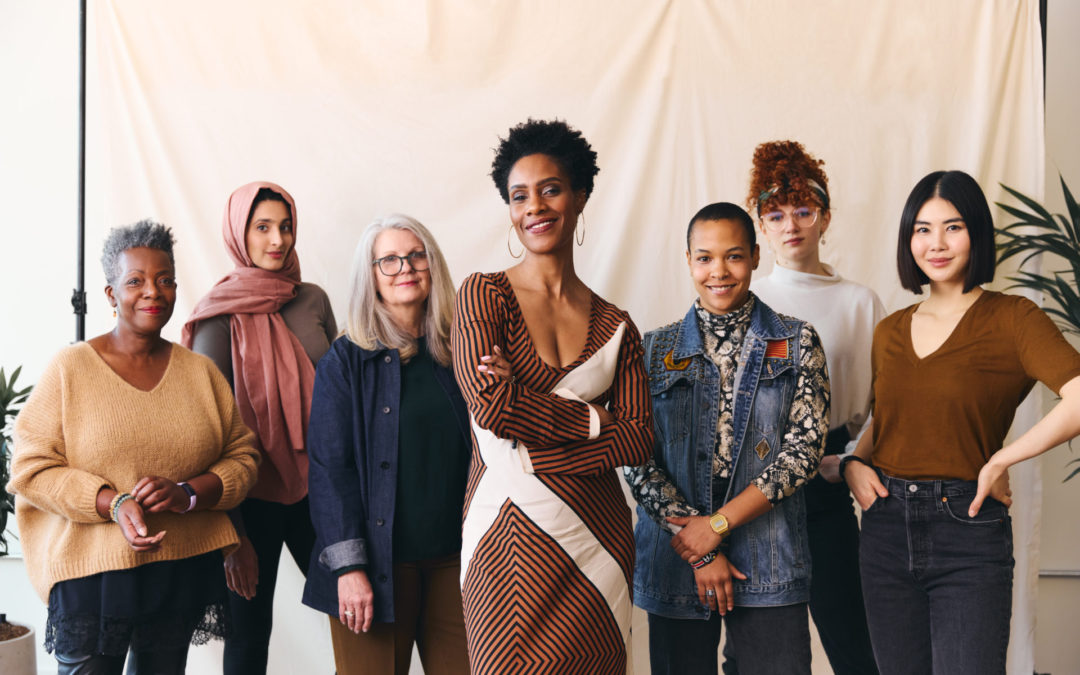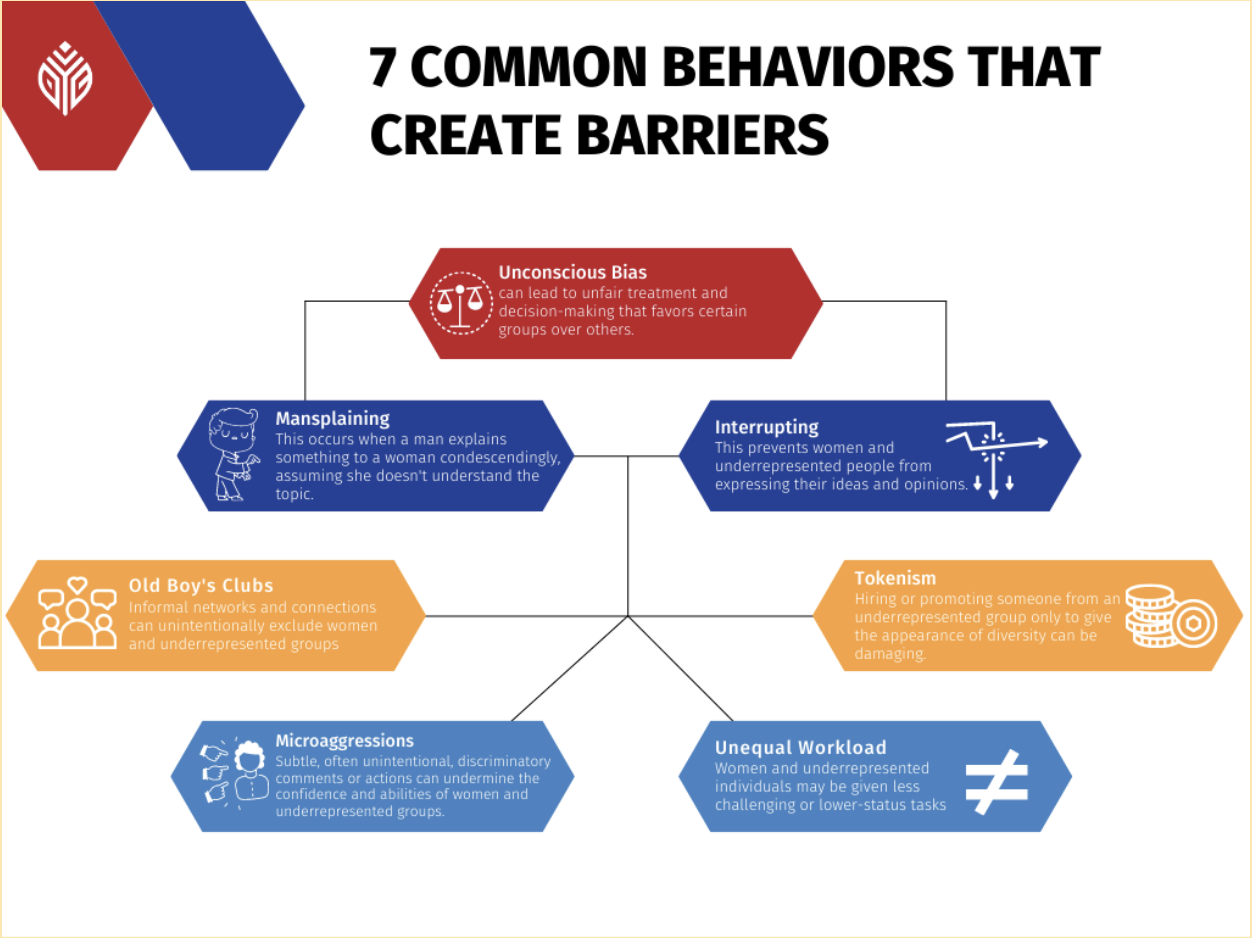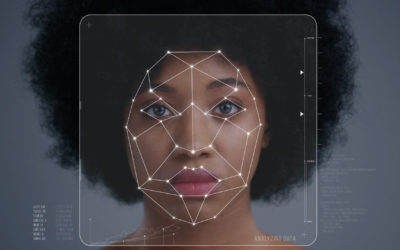As we conclude Women’s History Month, a period dedicated to honoring the outstanding accomplishments of women from all walks of life, we seamlessly transition into April’s Diversity Month. This month, we focus on the rich tapestry of cultures, perspectives, and identities that collectively shape the inclusive and dynamic corporate landscape we strive to foster. Let us embark on this educational journey together, as we continue to promote and celebrate diversity, equity, and inclusion for all individuals in our societies.
It is 2023, and while in today’s increasingly diverse and interconnected world, we are still finding it increasingly important to highlight the need for equity for women and diverse underrepresented communities. It is essential to recognize and value the unique experiences and perspectives that women bring to the table. Women’s issues are intrinsically connected to diversity and intersectionality, two concepts that emphasize the importance of understanding and appreciating the differences among individuals and groups, as well as the complex ways in which different aspects of identity interact with one another.
When we talk about women’s issues, we must consider the broader context of diversity and intersectionality. The concept of diversity encompasses the range of differences among people, including gender, race, ethnicity, age, sexual orientation, disability, and socioeconomic background. Meanwhile, intersectionality is a framework that acknowledges how these various social categorizations intersect, creating overlapping and interdependent systems of discrimination or disadvantage. By addressing women’s issues through this lens, we can develop more inclusive and effective solutions that consider the needs and experiences of all women, not just those belonging to a particular demographic or social group.
Women’s History Month and Diversity Month both serve as important opportunities to raise awareness of gender issues and their connection to diversity and intersectionality, including the experiences of BIPOC individuals, people with disabilities, and those affected by xenophobia. Women’s History Month celebrates the achievements and contributions of people throughout history, regardless of gender, while also highlighting the ongoing need for gender equity and inclusion across various aspects of identity.
By addressing gender issues in the context of broader conversations about diversity and intersectionality, we can recognize and celebrate the achievements of BIPOC individuals, who often face unique challenges due to the intersection of gender and racial discrimination. Similarly, it is important to acknowledge the experiences of individuals with disabilities, who may encounter specific barriers related to accessibility, stigma, and societal attitudes. Similarly, addressing xenophobia and its impact on people is vital in fostering a more inclusive and understanding environment for those from diverse cultural and ethnic backgrounds.
Both Women’s History Month and Diversity Month provide valuable platforms to raise awareness and promote dialogue around these interconnected issues. By discussing and honoring the experiences of all individuals, including those from diverse racial, ethnic, and ability backgrounds, we can work toward a more equitable and inclusive society that values and respects the differences among people.
Help promote a more equitable and inclusive society and foster a greater understanding of the interconnected nature of diversity and intersectionality!
But How?

IMB Institute for Business Value report, “Women in leadership: why perception outpaces the pipeline and what to do about it” stated, “Gender equity is not a woman’s issue, it’s an organizational one.” (2023). IBM’s third survey included 2,500 organizations and encompassed 12 countries and 10 industries. Today, the #1 disruption facing women at work has been and still is the Pandemic. Other reports found other communities affected by the pandemic are ethnic and racial minorities (Center for Disease Control and Prevention), low-income and economically disadvantaged communities (World Bank), healthcare workers (World Health Organization), the LGBTQ communites (Human Rights Campaign), the elderly populations and people with disabilities (United Nations).
The pandemic disproportionately affected individuals at work, primarily due to the increased caregiving responsibilities and the significant job losses in sectors where women, as well as other communities were underrepresented. This has exacerbated existing inequalities, and most specifically to women, has hindered women’s career progression and economic stability.
The 2023 IBM report found that as of today, it is a basic expectation for gender parity. Gender parity seeks to eliminate gender-based discrimination, promote equal access to resources, and create a level playing field for all individuals, regardless of their gender identity. So what are organizations doing?
- 61% of organizations have established formal networking groups for women, compared to just 46% two years ago.
- Career development planning geared toward women has increased (78% today versus 56% in 2021).
- 65% of organizations are requiring diversity training for managers that includes gender topics, compared to 52% in 2021 and just 28% in 2019.
IBM survey shows improvements needed that require real commitment are activities such as:
- Requiring that female candidates be included in job succession plans.
- Intentionally making room for women in areas where they are under-represented.
- Holding management accountable for progress. (IBM, 2023)
Recent Studies have shown?
Although there has been progress in recent years, women remain underrepresented in leadership positions. According to a 2021 report by Catalyst, women held 29.2% of senior management roles globally, with wide variations across regions. In the United States, women held 40.8% of managerial positions in 2020, according to the US Bureau of Labor Statistics.
Race and ethnicity: In many countries, particularly in the United States and Europe, racial and ethnic minorities continue to be underrepresented in leadership positions. According to the 2020 Fortune 500 list, only 1% of CEOs were Black, and 2.4% were Latino, despite making up 13.4% and 18.5% of the US population, respectively. In the UK, a 2020 Parker Review report revealed that only 5% of the FTSE 250 companies had ethnic minority directors.
LGBTQ+ representation: LGBTQ+ individuals are often underrepresented in leadership roles, and data on their representation is limited. According to a 2020 report by the Human Rights Campaign Foundation, only 21 of the Fortune 500 companies had openly LGBTQ+ CEOs. And HRC 2021 report, stating 29 of the US states still lack approval of the Equality Act to include gender and sexual orientation protections.
Disability: People with disabilities are also underrepresented in leadership positions. In the United States, the 2020 Annual Disability Statistics Compendium showed that only 37.6% of working-age people with disabilities were employed, compared to 77.6% of those without disabilities. Data on disability representation in leadership positions are scarce.
7 Common Behaviors that create Barriers
There are several common behaviors men may exhibit in the workplace that can inadvertently contribute to maintaining barriers for women and underrepresented people in reaching top positions. It is important to note that these behaviors are not exclusive to men, but can also be exhibited by others in positions of power.
- Unconscious bias: Unconscious bias can lead to unfair treatment and decision-making that favors certain groups over others. To fix this, organizations should provide training and workshops on unconscious bias, and encourage employees to question their assumptions and recognize their biases.
- Mansplaining: This occurs when a man explains something to a woman condescendingly, assuming she doesn’t understand the topic. Encourage active listening, and ensure that all voices are valued and respected.
- Talking over or interrupting: This prevents women and underrepresented people from expressing their ideas and opinions. Encourage a workplace culture that values everyone’s contributions and promotes active listening skills.
- The “old boys’ club”: Informal networks and connections can unintentionally exclude women and underrepresented groups. Encourage diverse networking opportunities and mentorship programs to provide equal access to resources and opportunities for career growth.
- Tokenism: Hiring or promoting someone from an underrepresented group only to give the appearance of diversity can be damaging. Focus on promoting diversity and inclusion meaningfully by ensuring that hiring and promotion practices are fair and merit-based.
- Microaggressions: Subtle, often unintentional, discriminatory comments or actions can undermine the confidence and abilities of women and underrepresented groups. Promote awareness of microaggressions and encourage a culture of empathy and understanding.
- Unequal workload distribution: Women and underrepresented individuals may be given less challenging or lower-status tasks. Ensure that tasks and responsibilities are allocated fairly and based on skills and qualifications.

5 steps to start fixing these barriers and addressing these behaviors are crucial for creating a more inclusive and equitable work environment
- Implement diversity and inclusion training for all employees, addressing unconscious biases, microaggressions, and promoting active listening skills.
- Establish clear and objective criteria for hiring, promotions, and evaluations, minimizing the impact of biases.
- Encourage a culture of open communication where everyone feels comfortable sharing their experiences and concerns.
- Implement mentorship programs and diverse networking opportunities to support career growth for all employees.
- Regularly review and update policies and practices to ensure they are inclusive and equitable.
As we all are on this journey together and we are working towards creating a workplace where people feel they belong and they have equitable access to opportunities, remember to be kind to yourself and those around you. Remember that promoting diversity, equity, and inclusion is an ongoing process that requires dedication, empathy, and collaboration. Stay motivated and inspired by the knowledge that your efforts will contribute to a brighter, more inclusive future where every individual has the opportunity to thrive and excel. Together, let’s create a workspace that celebrates the unique experiences, strengths, and perspectives that each of us brings to the table.
By celebrating the achievements of remarkable women during Women’s History Month and embracing the myriad of perspectives during Diversity Month we can create a thriving corporate culture that benefits everyone. Be mindful of addressing the barriers and behaviors that hinder diversity, equity, and inclusion (DEI) initiatives,
To take action and make a lasting impact.
ABOUT THE AUTHOR

Les is the DEI Director of Creative Design & Strategy at DEI & You Consulting. As well as a DEI Consultant and Facilitator and have training in Diversity & Inclusions in the Workplace from ESSEC focusing on international businesses.
Les’s training also includes an International MBA, specializing in International Strategy and Digitalization, from emlyon business school in Ecully, France. A law degree and a bachelor’s degree in English Literary Arts.
Les Williams has a passion for topics in gender equality and LGBTQ+ advocacy. Les shows this passion through their work spreading information and resources to individuals as well as in helping businesses create sustainable practices that contribute to society and the environment.
Contact Les at DEI & You Consulting and let’s see how they can help you reach your business goals!
Redefining Activism: New Trends in Allyship for the Upcoming Years
Picture a chessboard. At its center, two pieces stand mirrored, symbolizing the strategic interplay of equity and inclusion, the key...
Navigating DEI in Tech: 4 Steps Towards Ethical Algorithms and Inclusive Data Privacy
In our fast-paced, technology-driven world, personal data has become a hot topic. Every click, every purchase, every post - they all...
Maximizing DEI Metrics: 5 Ways to Elevate Your DEI Strategy Through Data Collection
Four ascending bar graphs measuring the DEI metrics of your organization When diversity, equity, and inclusion (DEI) work is...
Redefining Activism: New Trends in Allyship for the Upcoming Years
Picture a chessboard. At its center, two pieces stand mirrored, symbolizing the strategic interplay of equity and inclusion, the key...










